

Articles
What Is A Prefabricated Fireplace
Modified: February 24, 2024
Discover everything you need to know about prefabricated fireplaces with our informative articles. Gain insights on installation, maintenance, and benefits.
(Many of the links in this article redirect to a specific reviewed product. Your purchase of these products through affiliate links helps to generate commission for Storables.com, at no extra cost. Learn more)
Introduction
A prefabricated fireplace, also known as a prefab or factory-built fireplace, is a type of fireplace that is manufactured off-site and then installed in a home or building. Unlike traditional masonry fireplaces, which are built on-site with bricks or stones, prefabricated fireplaces are constructed in a controlled factory environment.
These fireplaces are designed to provide the ambiance and warmth of a traditional fireplace, but with added convenience and ease of installation. Prefabricated fireplaces are becoming increasingly popular among homeowners, as they offer a range of benefits and options for those looking to add a fireplace to their home.
In this article, we will explore the definition of a prefabricated fireplace, how it works, its advantages and disadvantages, the installation process, maintenance requirements, and considerations for choosing the right one for your home. Whether you’re considering adding a fireplace to your existing home or planning a new construction, this article will provide you with valuable information to make an informed decision.
Key Takeaways:
- Prefabricated fireplaces offer homeowners a convenient, cost-effective, and versatile option for adding the warmth and charm of a fireplace to their homes, with benefits such as ease of installation, lower cost, and energy efficiency.
- When choosing a prefabricated fireplace, it’s crucial to consider factors such as fuel type, size, design, installation requirements, and budget. Proper maintenance and regular upkeep are essential for longevity and safe operation.
Read more: What Is Prefabricated Construction
Definition of a Prefabricated Fireplace
A prefabricated fireplace, also known as a prefab or factory-built fireplace, is a type of fireplace that is manufactured off-site in a factory and then installed in a home or building. Unlike traditional masonry fireplaces, which are built on-site using bricks or stones, prefabricated fireplaces are constructed using prefabricated components and materials specifically designed for this purpose. These components include fireboxes, flue systems, chimney caps, and decorative facades.
The firebox, which is the area where the fire is contained, is typically made of either cast iron or steel. It is designed to withstand high temperatures and provide optimal heat distribution. The flue system is responsible for safely venting the smoke and gases produced by the fire. It is usually made of stainless steel and includes a flue liner to ensure proper ventilation.
A prefabricated fireplace also includes a chimney cap, which sits atop the chimney and prevents debris, rain, and animals from entering. The decorative facade, often made of materials like stone or metal, gives the fireplace its aesthetic appeal and can be customized to match the style of the home.
Overall, a prefabricated fireplace offers a comprehensive solution for homeowners who want the warmth and ambiance of a traditional fireplace without the extensive construction and costs associated with a masonry fireplace.
How a Prefabricated Fireplace Works
A prefabricated fireplace operates on the same basic principles as a traditional masonry fireplace. It creates a controlled combustion process that generates heat and produces a flame for a cozy and inviting atmosphere. However, the construction and operation of a prefabricated fireplace differ from a masonry fireplace in several ways.
Firstly, a prefabricated fireplace uses a metal firebox instead of masonry bricks or stones. The firebox is designed to efficiently contain and direct heat, allowing for better heat transfer and higher levels of energy efficiency. The materials used in the firebox, such as cast iron or steel, are chosen for their durability and ability to withstand high temperatures.
Secondly, a prefabricated fireplace includes a flue system that expels the smoke and gases produced by the fire. The flue system consists of a stainless steel pipe or chimney liner that connects the firebox to the chimney. This ensures the safe removal of smoke while also aiding in the ventilation of the fire for proper combustion.
Another notable feature of prefabricated fireplaces is their reliance on air intake vents. These vents supply fresh air to the fire, allowing for efficient burning and reducing the likelihood of smoke entering the room. The positioning and size of the vents are important factors that must be considered during the installation process to ensure optimal performance.
When using a prefabricated fireplace, it is essential to follow the manufacturer’s guidelines for fuel type and recommended usage. Typically, prefabricated fireplaces are designed for use with either wood-burning or gas-fueled inserts. Wood-burning fireplaces require regular loading of firewood and cleaning of ash, while gas fireplaces offer the convenience of instant fire with minimal maintenance.
Overall, a prefabricated fireplace functions by combining efficient design elements, proper ventilation, and appropriate fuel source to create a safe and enjoyable fire experience.
Advantages of Prefabricated Fireplaces
Prefabricated fireplaces offer several advantages that make them a popular choice among homeowners. Whether you’re looking to add a fireplace to your existing home or planning a new construction, considering the following benefits of prefabricated fireplaces can help make your decision easier:
- Ease of Installation: One of the main advantages of prefabricated fireplaces is their ease of installation. Unlike traditional masonry fireplaces that require extensive on-site construction, prefabricated fireplaces are manufactured off-site and then assembled in your home. This significantly reduces the installation time and labor costs involved.
- Lower Cost: Prefabricated fireplaces are generally more cost-effective compared to masonry fireplaces. The materials used in their construction are often less expensive and readily available. Additionally, the streamlined installation process results in lower labor costs, making prefabricated fireplaces a budget-friendly option.
- Energy Efficiency: Prefabricated fireplaces are designed to be energy efficient. The metal firebox and flue system are engineered to maximize heat transfer and minimize heat loss. This means that more heat is radiated into the room rather than being lost up the chimney, resulting in improved energy efficiency and reduced heating costs.
- Versatility: Prefabricated fireplaces offer a wide range of design options and styles to suit different preferences and home decor. From traditional to contemporary, there are numerous choices available in terms of facade materials, finishes, and decorative features. This allows homeowners to customize the appearance of their fireplace and create a focal point in their living space.
- Convenient Fuel Options: Prefabricated fireplaces can be designed to accommodate various fuel types, including wood, gas, or electric. Wood-burning fireplaces provide a traditional and authentic fire experience, while gas fireplaces offer instant fire with adjustable flame settings and convenient remote controls. Electric fireplaces are hassle-free, requiring no venting or fuel maintenance.
- Reliability and Safety: Prefabricated fireplaces are engineered and tested to meet strict safety standards. They are manufactured using high-quality materials, ensuring durability and long-term performance. Additionally, the installation process is guided by professional guidelines to ensure proper venting and safe operation of the fireplace.
Overall, the advantages of prefabricated fireplaces, including ease of installation, lower cost, energy efficiency, design versatility, convenient fuel options, and reliability, make them a compelling choice for homeowners seeking the warmth and ambiance of a fireplace without the complexities of a masonry fireplace.
Disadvantages of Prefabricated Fireplaces
While prefabricated fireplaces offer many benefits, it is important to consider their potential disadvantages before making a decision. Understanding the drawbacks can help you make an informed choice. Here are some common disadvantages associated with prefabricated fireplaces:
- Limited Lifespan: Prefabricated fireplaces generally have a shorter lifespan compared to traditional masonry fireplaces. The materials used, such as metal and refractory panels, may deteriorate over time due to exposure to high temperatures. This can result in the need for repairs or even replacement of certain components in the future.
- Less Authenticity: Some homeowners prefer the rustic and traditional look of a masonry fireplace. Prefabricated fireplaces, with their factory-built components, may lack the authentic and handcrafted appeal that masonry fireplaces often provide. However, there are design options available to mimic the appearance of a masonry fireplace to some extent.
- Design Limitations: While prefabricated fireplaces offer design versatility, they may have limitations in terms of customization. The size and shape of a prefabricated fireplace are pre-determined, which means you may have less flexibility in adapting it to a specific space or changing the design after installation.
- Maintenance Requirements: Prefabricated fireplaces require regular maintenance to ensure their longevity and safe operation. This includes cleaning the firebox, inspecting and replacing worn-out parts, and checking the chimney cap and flue for any blockages. Failure to perform routine maintenance can result in reduced efficiency, increased safety risks, or even structural damage.
- Limited Heat Output: In comparison to masonry fireplaces, prefabricated fireplaces may have a lower heat output. This is because the metal firebox and flue system are designed for efficiency rather than for absorbing and radiating heat. While they still provide warmth and ambiance, they may not be as effective at heating larger areas or providing consistent heat.
- Noisy Operation: Some homeowners report that prefabricated fireplaces can produce more noise compared to masonry fireplaces. This can include noises like rattling or expansion and contraction sounds as the metal components heat and cool. While not necessarily a significant issue, it is something to consider if you are sensitive to noise.
Despite these disadvantages, prefabricated fireplaces continue to be a popular choice for their affordability, convenience, and energy efficiency. It is important to weigh these drawbacks against the benefits and determine if a prefabricated fireplace aligns with your specific needs and preferences.
When considering a prefabricated fireplace, make sure to check the manufacturer’s guidelines for proper installation and maintenance to ensure safety and efficiency.
Read more: What Is A Gas Fireplace
Installation Process of Prefabricated Fireplaces
The installation of a prefabricated fireplace typically involves several steps that ensure proper function, safety, and adherence to building codes. While it is recommended to hire a professional for the installation, understanding the general process can give you a better understanding of what to expect. Here is a breakdown of the installation process for a prefabricated fireplace:
- Site Preparation: Before installing the fireplace, the installation area needs to be prepared. This includes ensuring a suitable foundation or hearth pad, which should be non-combustible and able to support the weight of the fireplace. The area should also have proper clearance from any nearby combustible materials.
- Assembling the Firebox and Components: The prefabricated firebox and components, including the flue system, chimney cap, and decorative facade, are assembled according to the manufacturer’s instructions. This may involve connecting the firebox to the flue system, attaching the chimney cap, and securing the decorative facade in place.
- Positioning and Leveling: The assembled fireplace is positioned at the desired location, ensuring proper ventilation and compliance with local building codes. It is important to use a level to ensure the fireplace is installed evenly and securely.
- Connecting the Flue System: The flue system of the fireplace is connected to the chimney or venting system. This involves properly aligning and sealing the flue pipes or chimney liner to ensure efficient and safe venting of smoke and gases.
- Sealing and Insulating: To prevent any leaks or drafts, the installation is sealed and insulated. This involves using fire-resistant materials to seal gaps between the fireplace and surrounding walls or hearth pad. Insulation is added to optimize heat retention and prevent heat transfer to combustible materials.
- Testing and Inspection: Once the installation is complete, a professional may conduct a series of tests to ensure the fireplace is functioning correctly and safely. This can include checking for proper venting, conducting a smoke test, and verifying that all components are in working order. Local building inspectors may also inspect the installation to ensure compliance with codes and regulations.
It is crucial to adhere to the manufacturer’s instructions and consult with professionals or certified installers during the installation process. This ensures that the fireplace is installed correctly, maximizing safety and performance. Hiring a professional for installation not only helps guarantee a proper installation but also ensures that any necessary permits and inspections are obtained.
Maintenance and Upkeep of Prefabricated Fireplaces
Maintaining a prefabricated fireplace is essential to ensure its longevity, safety, and efficient operation. Regular maintenance and upkeep not only reduce the risk of potential issues but also contribute to the overall enjoyment and performance of your fireplace. Here are some key maintenance tasks to consider:
- Cleaning the Firebox: Regularly cleaning the firebox is vital to remove any ash or debris that may accumulate over time. Use a fireplace shovel or brush to scoop out the ash and dispose of it safely. Wearing protective gloves and a face mask is recommended when cleaning the firebox.
- Inspecting and Replacing Parts: Check the refractory panels, burners, logs (if gas-fueled), and other components for signs of wear, damage, or deterioration. Replace any damaged or worn-out parts promptly to maintain the fireplace’s performance and safety. Consult the manufacturer’s guidelines for specific replacement instructions.
- Cleaning the Chimney and Flue: It is important to regularly clean the chimney and flue to remove any build-up of creosote, a byproduct of burning wood. Creosote can lead to chimney fires if not properly addressed. Consider hiring a professional chimney sweep to ensure a thorough cleaning.
- Checking and Cleaning the Chimney Cap: Regularly inspect the chimney cap for any debris or blockages such as leaves or animal nests. Ensure that the cap is securely in place to prevent water infiltration and keep out pests. Remove any obstructions carefully to maintain proper ventilation.
- Inspecting the Chimney Liner: If your prefabricated fireplace has a chimney liner, regularly inspect it for any signs of damage, such as cracks or deterioration. Any issues with the chimney liner should be addressed promptly by a professional to prevent gas leaks or other safety issues.
- Checking Air Intake Vents: Ensure that the air intake vents are clean and unobstructed to provide sufficient air supply for combustion. Blocked vents can result in poor burning efficiency, excessive smoke, or incomplete combustion.
- Testing and Maintaining Gas Fireplaces: If you have a gas-fueled prefabricated fireplace, regularly test the ignition system, including the remote control or wall switch. Inspect gas lines for leaks, and ensure that the gas pressure and flame performance are within the recommended levels. Consult a professional if you notice any issues.
- Following Manufacturer’s Guidelines: Always refer to the manufacturer’s instructions and guidelines for specific maintenance requirements and recommended scheduling. Different types and models of prefabricated fireplaces may have varying maintenance needs.
Remember, it is essential to prioritize safety when maintaining your prefabricated fireplace. If you are unsure or uncomfortable performing certain maintenance tasks, it is best to consult with a professional fireplace technician or service provider.
By following a regular maintenance routine and addressing any issues promptly, you can ensure that your prefabricated fireplace continues to provide warmth, comfort, and enjoyment for years to come.
Choosing the Right Prefabricated Fireplace for Your Home
When it comes to selecting the right prefabricated fireplace for your home, there are several key factors to consider. Making an informed decision will ensure that you choose a fireplace that meets your aesthetic preferences, heating needs, and installation requirements. Here are some important considerations:
- Fuel Type: Decide on the fuel type that best suits your needs and preferences. Wood-burning fireplaces offer a traditional and authentic experience, while gas fireplaces provide convenience and instant heat. Electric fireplaces are hassle-free options that require no venting or fuel maintenance.
- Size and Heating Capacity: Determine the size of the fireplace that will best fit your space. Consider the heating capacity of the fireplace as well, ensuring that it can adequately heat the area you intend to use it in. Consulting a professional can help you choose the right size and heating capacity for your specific requirements.
- Design and Style: Prefabricated fireplaces come in various designs and styles, allowing you to choose one that complements your home’s interior design. Consider the materials, finishes, and decorative features available, and opt for a fireplace that matches your aesthetic preferences and desired ambiance.
- Installation Requirements: Evaluate the installation requirements for each prefabricated fireplace option you are considering. Consider factors such as clearance requirements, ventilation needs, and suitability for your home’s existing structure. Also, check if any specific permits or inspections are required in your area for installing the chosen fireplace type.
- Energy Efficiency: Look for energy-efficient features in a prefabricated fireplace to help reduce heating costs. Features like double-pane glass doors, air-tight construction, and adjustable heat settings contribute to improved energy efficiency and heat retention.
- Maintenance and Upkeep: Consider the maintenance requirements of the fireplace you are interested in. Some fireplaces may require more frequent cleaning or part replacements compared to others. Assess if you are willing to dedicate the necessary time and effort to maintain the fireplace properly.
- Budget: Determine your budget for the fireplace installation and ensure that you find an option that fits within your financial means. Remember to include the cost of installation, materials, permits (if applicable), and any additional accessories or features you may want.
- Reviews and Recommendations: Research customer reviews and seek recommendations from professionals or friends who have installed prefabricated fireplaces. Learning from others’ experiences can provide valuable insights and help you make a more informed decision.
Taking these factors into account will help you choose a prefabricated fireplace that aligns with your aesthetic preferences, heating requirements, and budget. Remember to consult with professionals or certified installers who can provide expert guidance based on your specific needs and local regulations.
By carefully considering these factors and making a well-informed decision, you can enjoy the warmth, ambiance, and beauty of a prefabricated fireplace in your home for years to come.
Cost of Prefabricated Fireplaces
The cost of prefabricated fireplaces can vary depending on several factors, including the type of fireplace, materials used, size, design features, and installation requirements. It is important to consider both the upfront cost and the long-term expenses associated with owning a prefabricated fireplace. Here are some key cost considerations:
- Fireplace Unit: The cost of the prefabricated fireplace unit itself typically ranges from $500 to $5,000 or more, depending on the brand, materials used, and design features. Wood-burning fireplaces tend to be on the lower end of this price range, while gas and electric fireplaces may be more expensive.
- Installation Cost: Hiring a professional for the installation of a prefabricated fireplace is highly recommended. The installation cost can vary depending on the complexity of the installation, the location of the fireplace, and any additional venting or structural modifications required. Installation costs typically range from $1,500 to $5,000 or more.
- Venting System: If your prefabricated fireplace requires a venting system, such as a chimney liner or ductwork, there will be additional costs associated with their purchase and installation. Prices for these components vary depending on the materials and size required.
- Maintenance and Repairs: Consider the ongoing costs of maintaining and repairing your prefabricated fireplace. This can include routine maintenance tasks such as cleaning, as well as occasional repairs or replacements of parts. Budget for annual maintenance costs and keep in mind that certain fuel types may have additional costs, such as wood or gas.
- Fuel Costs: The fuel type you choose for your prefabricated fireplace will also impact your expenses. Wood-burning fireplaces require a constant supply of firewood, which can add to the cost, while gas and electric fireplaces have associated fuel or electricity costs.
- Additional Features and Accessories: Consider any additional features or accessories you may want for your prefabricated fireplace. This can include glass doors, mantels, decorative screens, remote controls, or additional ventilation options. These extras can add to the overall cost of your fireplace.
It’s important to keep in mind that these cost ranges are estimates and can vary based on your location, the specific product chosen, and any unique installation or customization requirements. It is recommended to obtain quotes from professional installers and compare prices from reputable suppliers to get an accurate idea of the costs for your specific situation.
While prefabricated fireplaces can offer cost savings compared to traditional masonry fireplaces, it is essential to consider the overall investment and long-term expenses associated with owning and maintaining one. By carefully considering the cost factors involved, you can make an informed decision that aligns with your budget and provides you with a beautiful and efficient fireplace for your home.
Read more: What Is A Flue On A Fireplace
Conclusion
Prefabricated fireplaces offer homeowners a convenient and cost-effective solution for adding the warmth and charm of a fireplace to their homes. They are manufactured off-site, making the installation process quicker and easier compared to traditional masonry fireplaces. The wide range of options available in terms of design, fuel type, and size make prefabricated fireplaces a versatile choice for various homes and lifestyles.
While prefabricated fireplaces have their advantages, such as ease of installation, lower cost, and energy efficiency, it is important to consider the potential disadvantages as well. These include a limited lifespan, design limitations, and maintenance requirements. Understanding these factors will help you make an informed decision and ensure long-term satisfaction with your chosen fireplace.
When choosing a prefabricated fireplace, it is crucial to consider factors such as fuel type, size, design, installation requirements, and budget. Consulting with professionals and considering customer reviews can provide valuable insights to help you make the right choice for your home.
Once installed, proper maintenance and regular upkeep are essential for the longevity and safe operation of your prefabricated fireplace. Routine cleaning, inspection of components, and adherence to manufacturer’s guidelines will ensure that it continues to provide warmth, beauty, and comfort for years to come. Consider the ongoing costs of maintenance, fuel, and any necessary repairs or replacements when budgeting for your fireplace.
In conclusion, prefabricated fireplaces offer homeowners a convenient and affordable way to enjoy the ambiance and warmth of a fireplace without the extensive construction and costs associated with traditional masonry fireplaces. By carefully considering the various factors, choosing the right model, and properly maintaining it, you can create a cozy and inviting atmosphere in your home for you and your loved ones to enjoy.
Frequently Asked Questions about What Is A Prefabricated Fireplace
Was this page helpful?
At Storables.com, we guarantee accurate and reliable information. Our content, validated by Expert Board Contributors, is crafted following stringent Editorial Policies. We're committed to providing you with well-researched, expert-backed insights for all your informational needs.
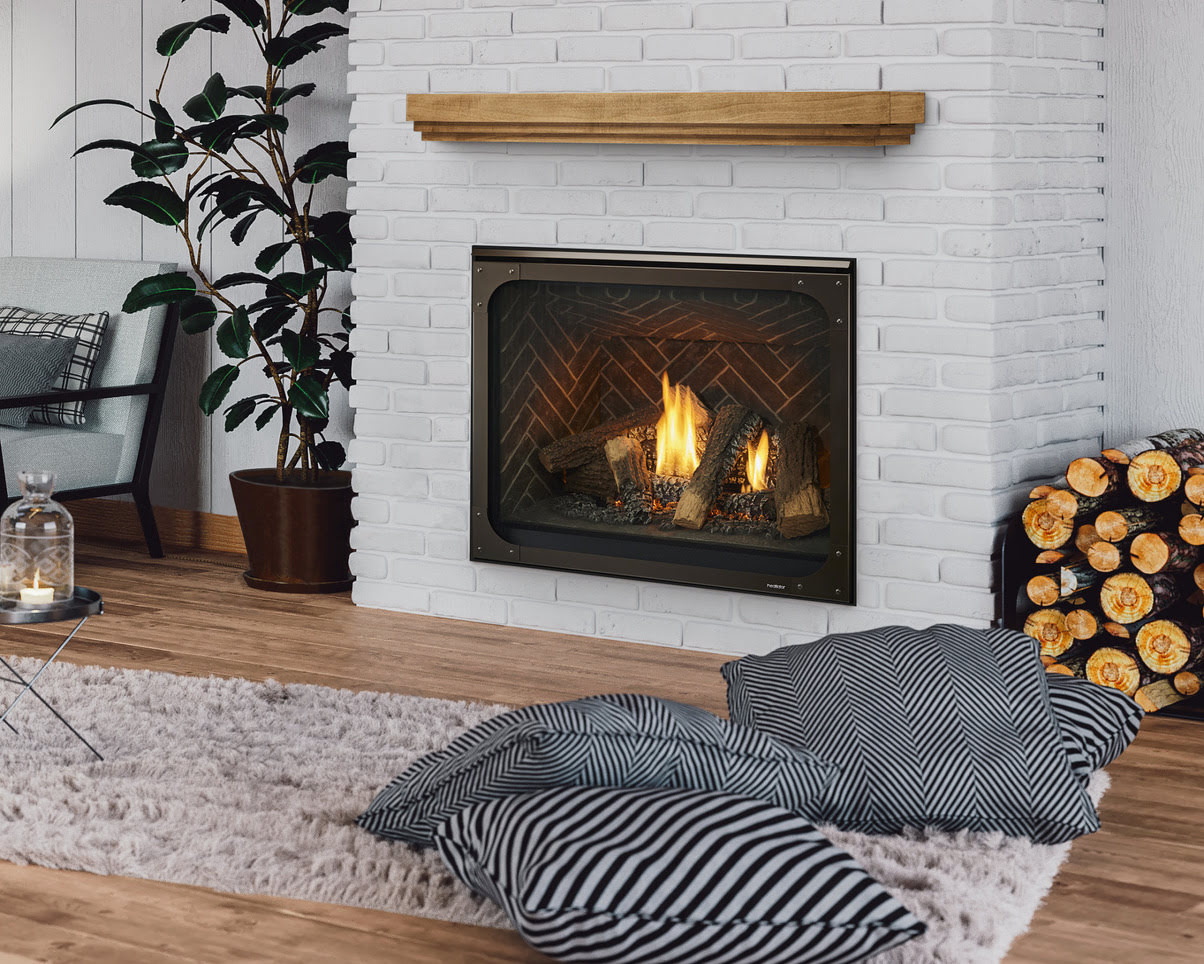

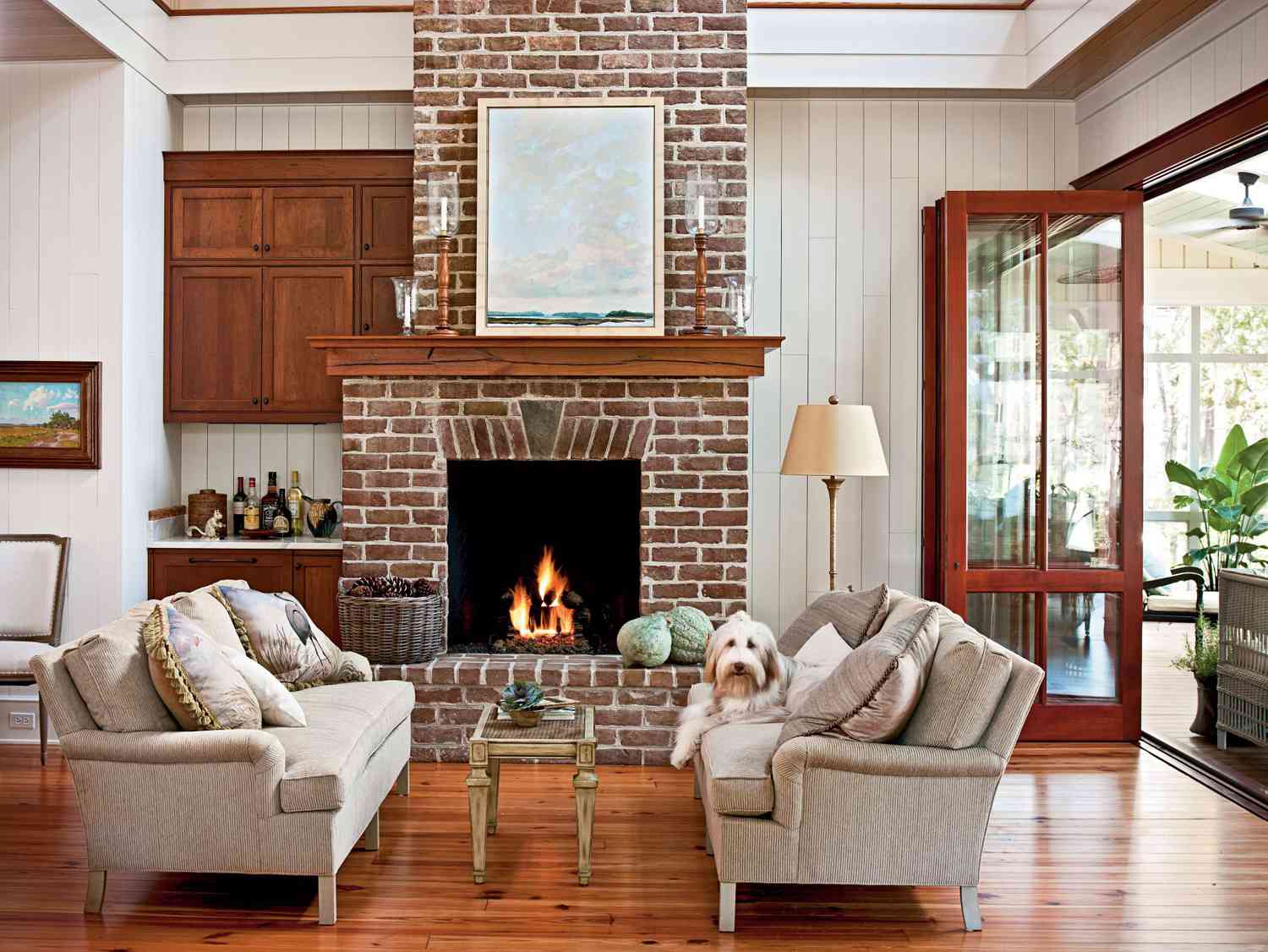
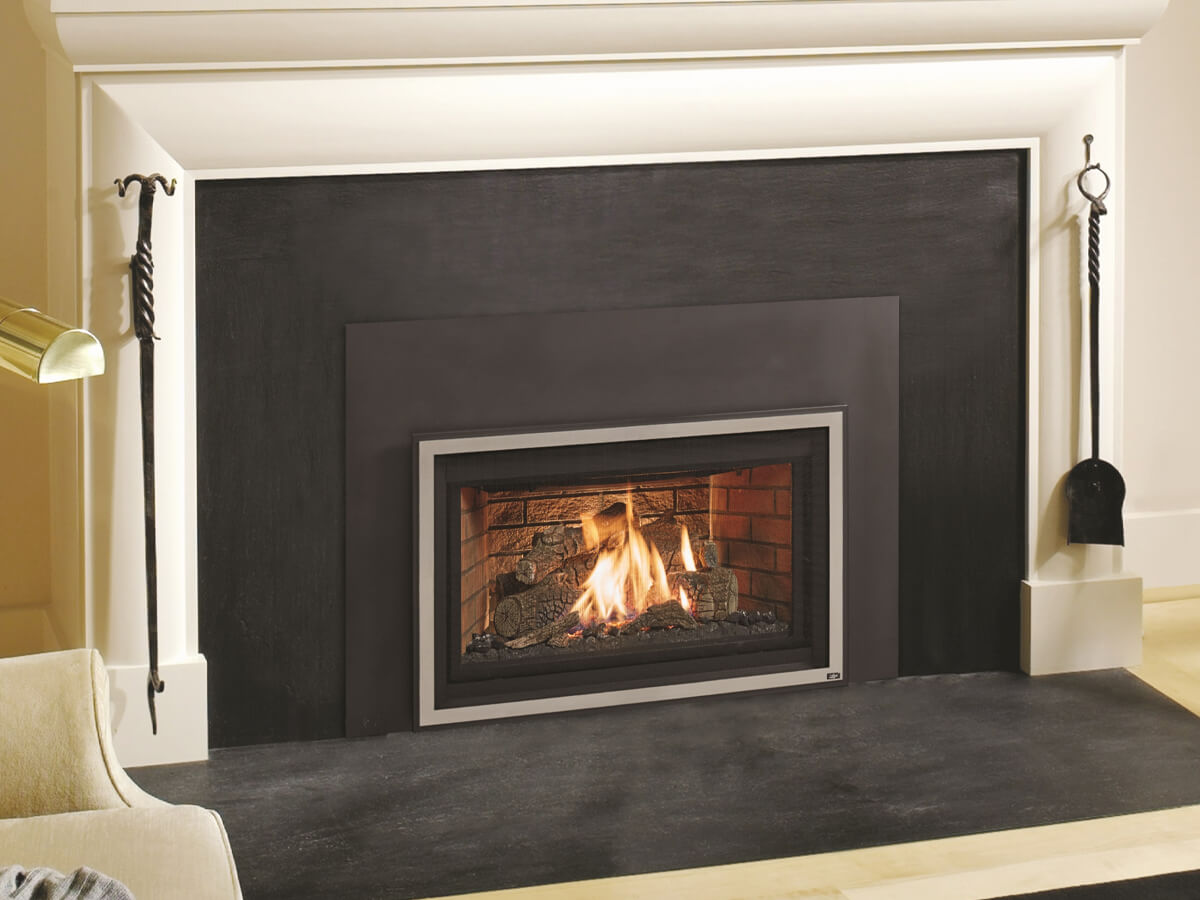
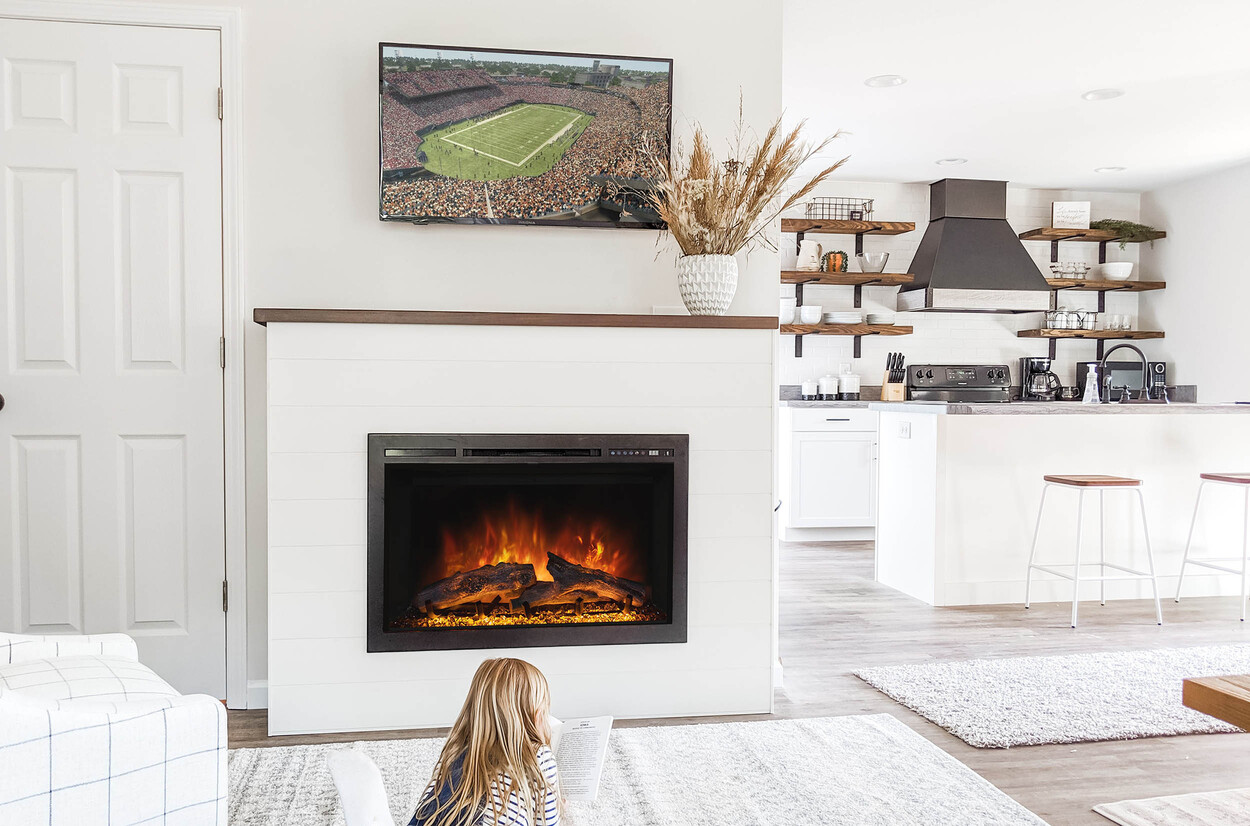
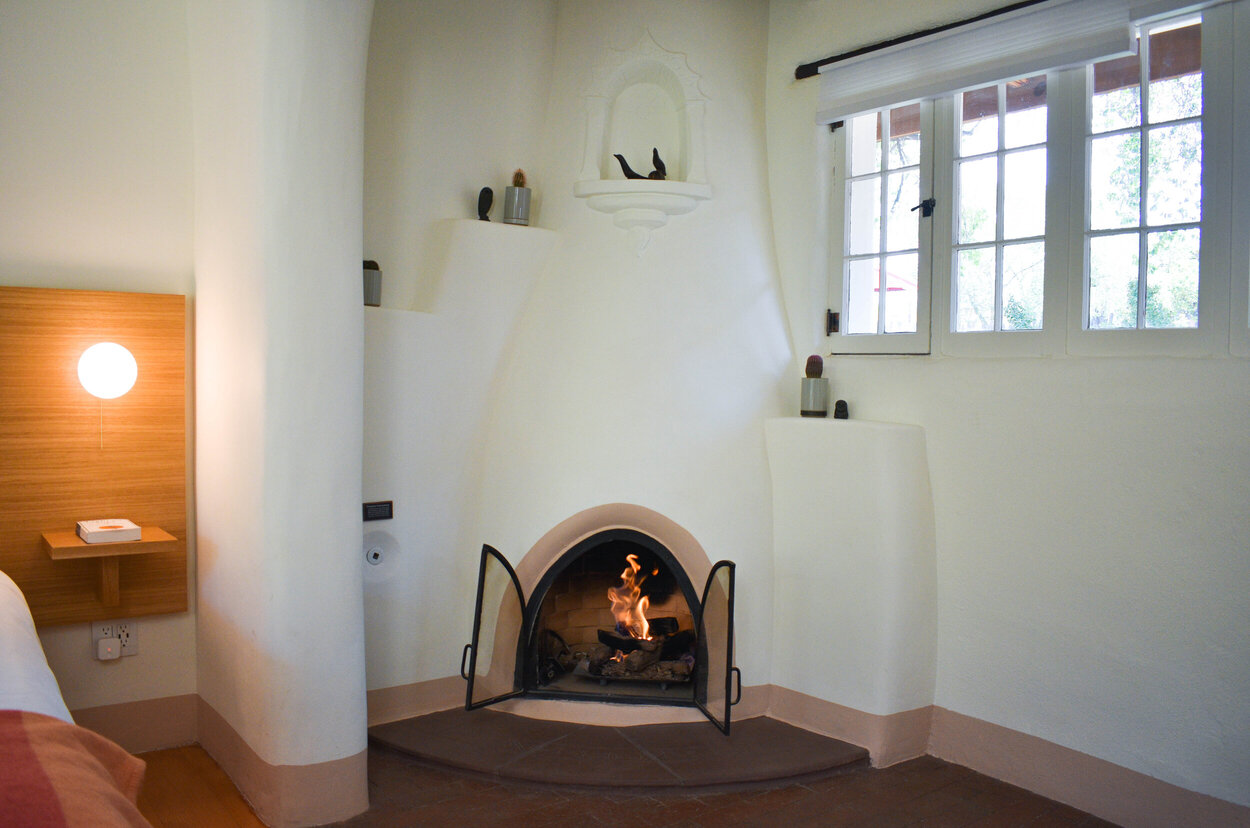
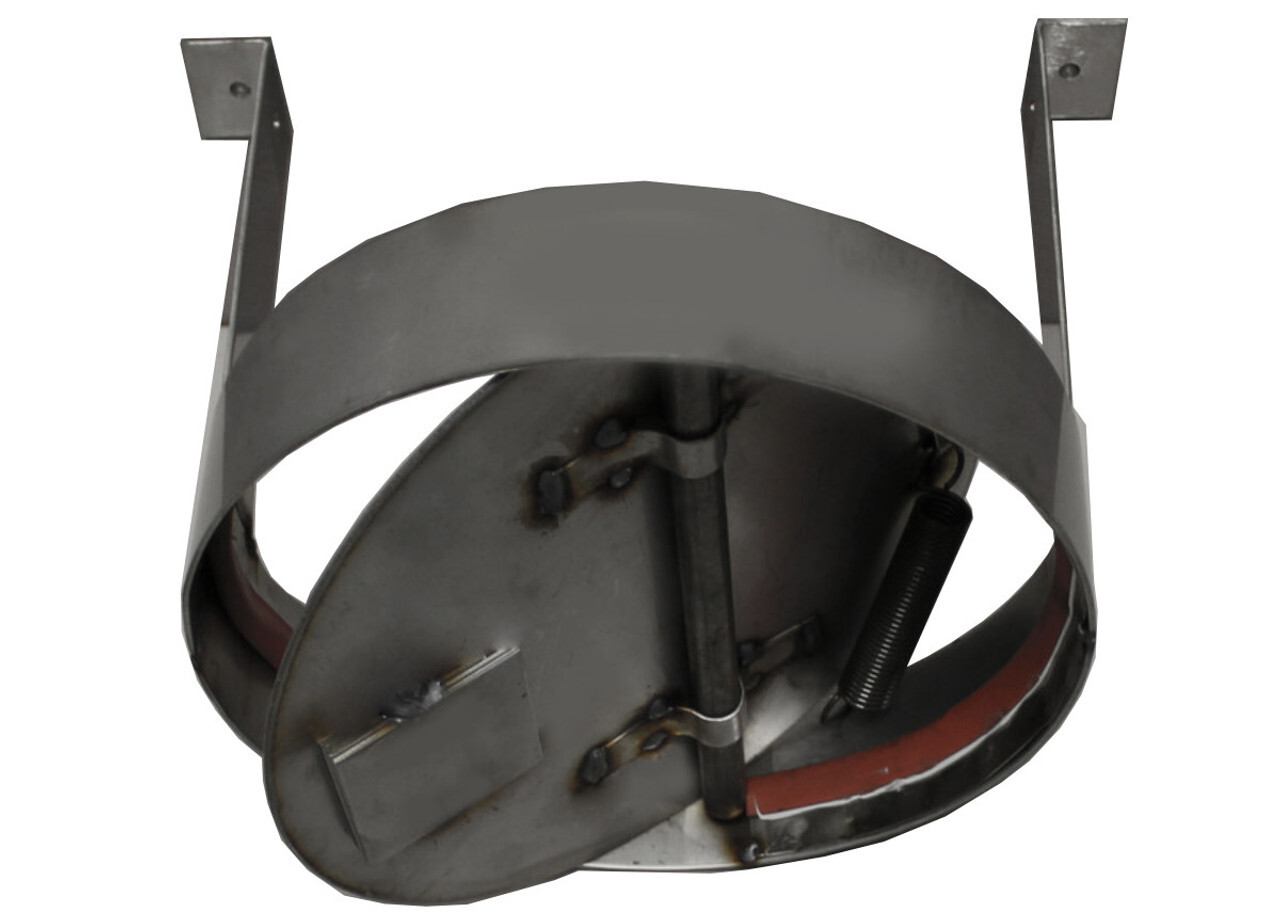
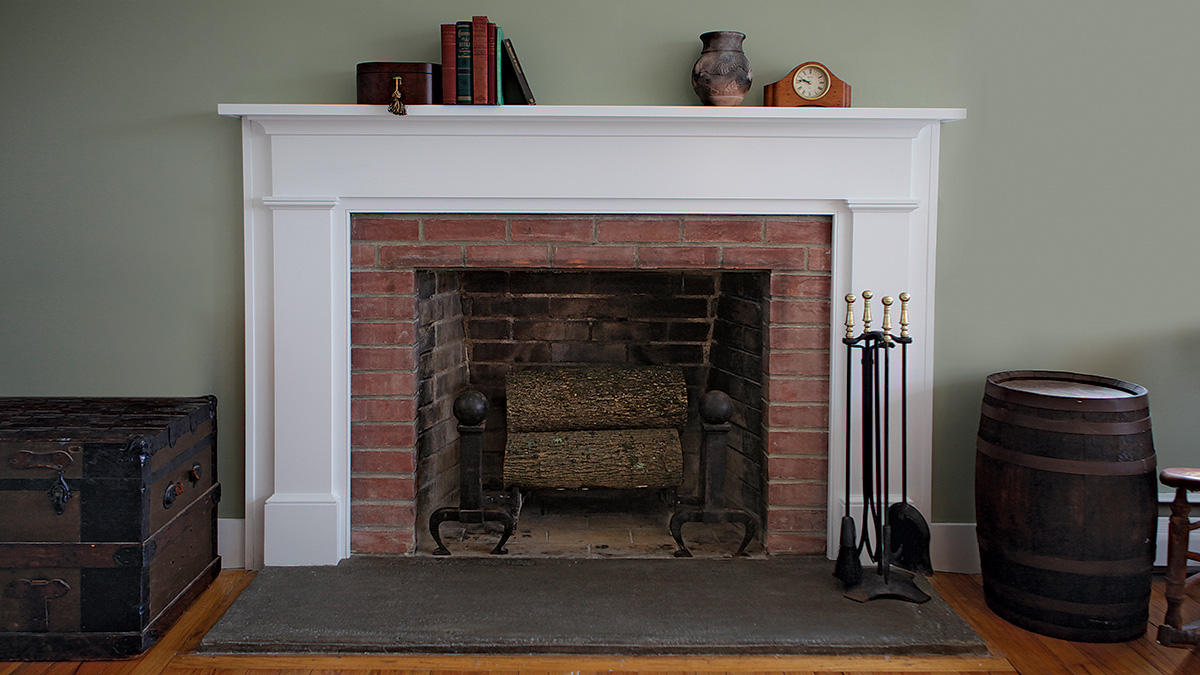
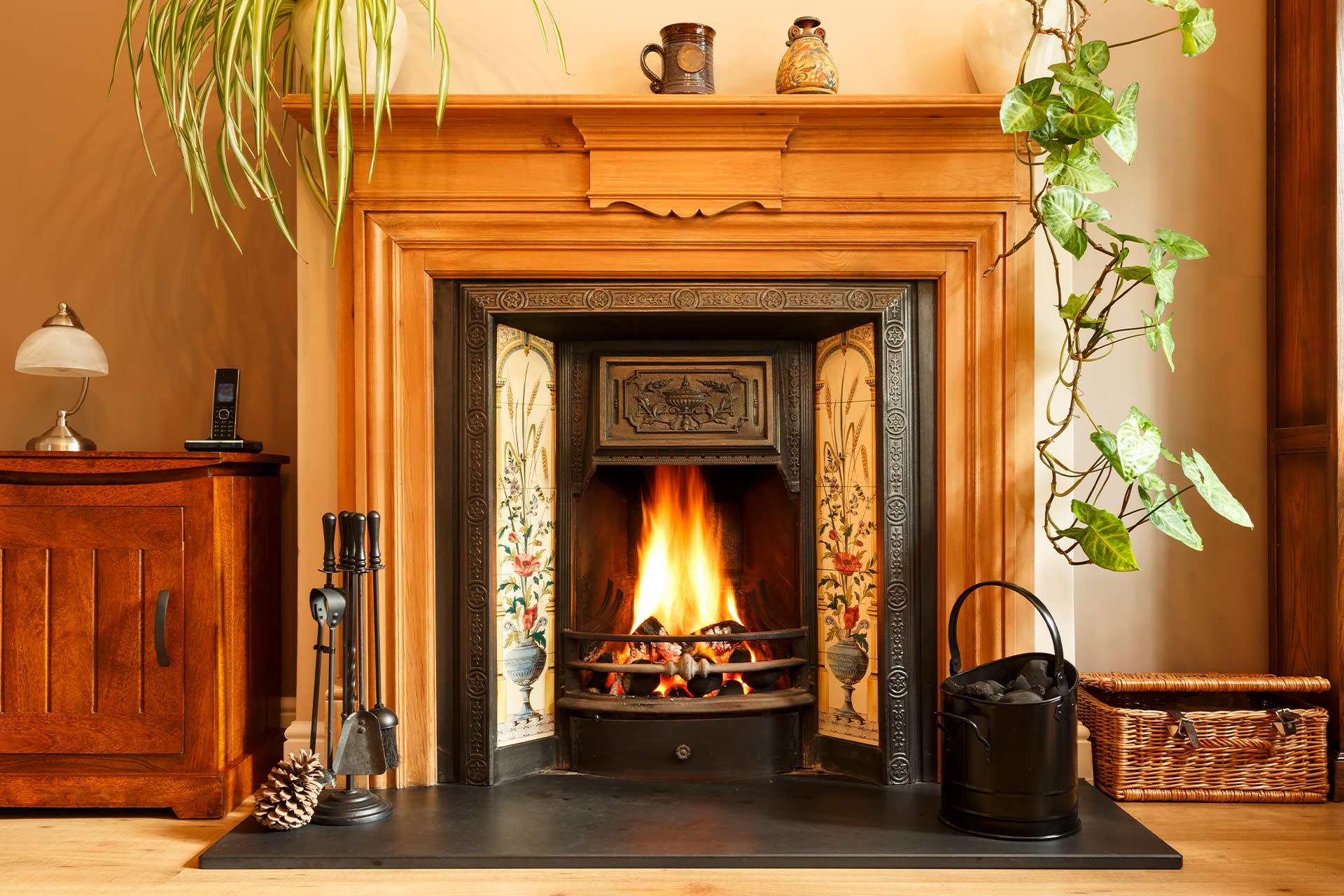

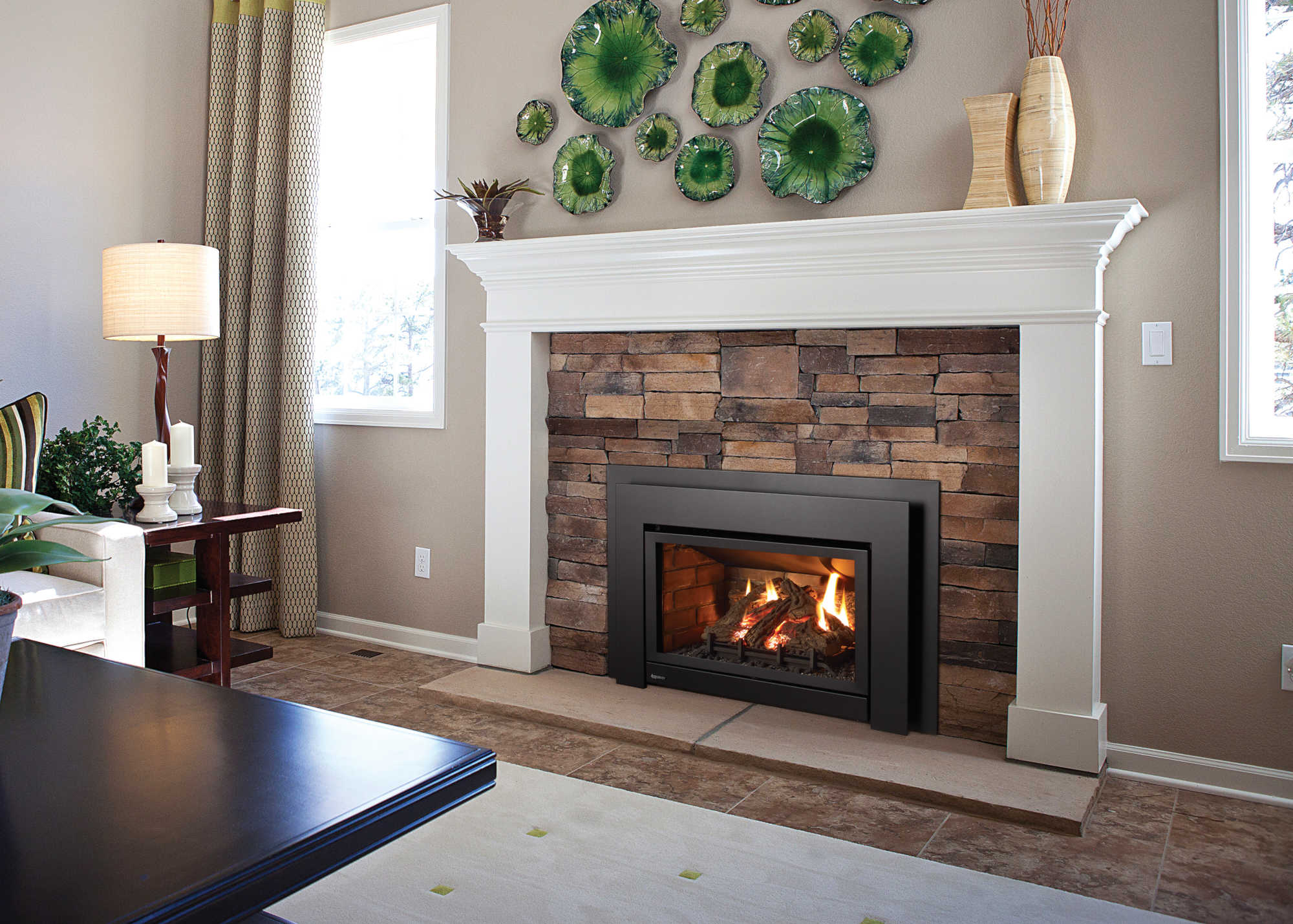
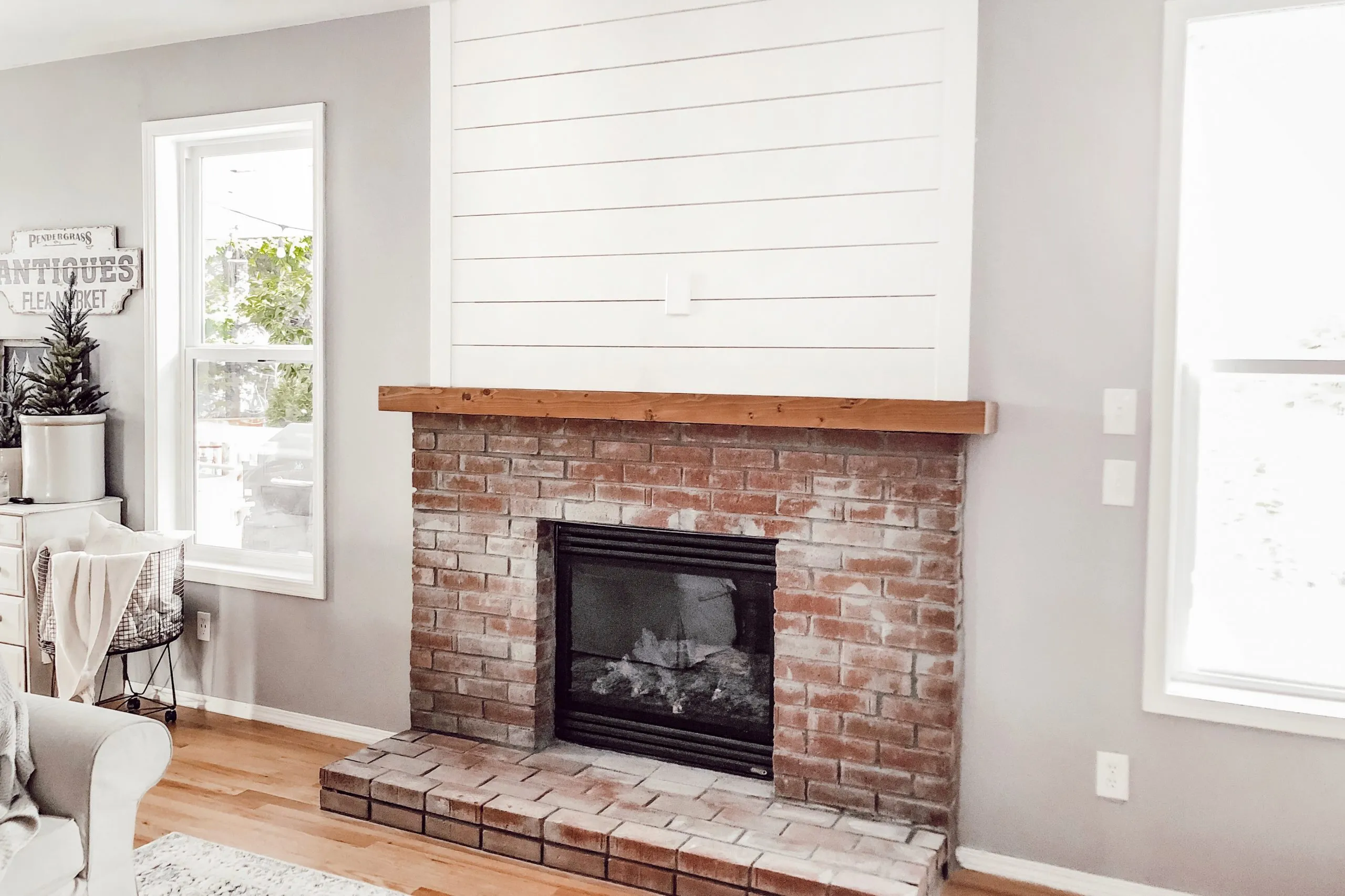
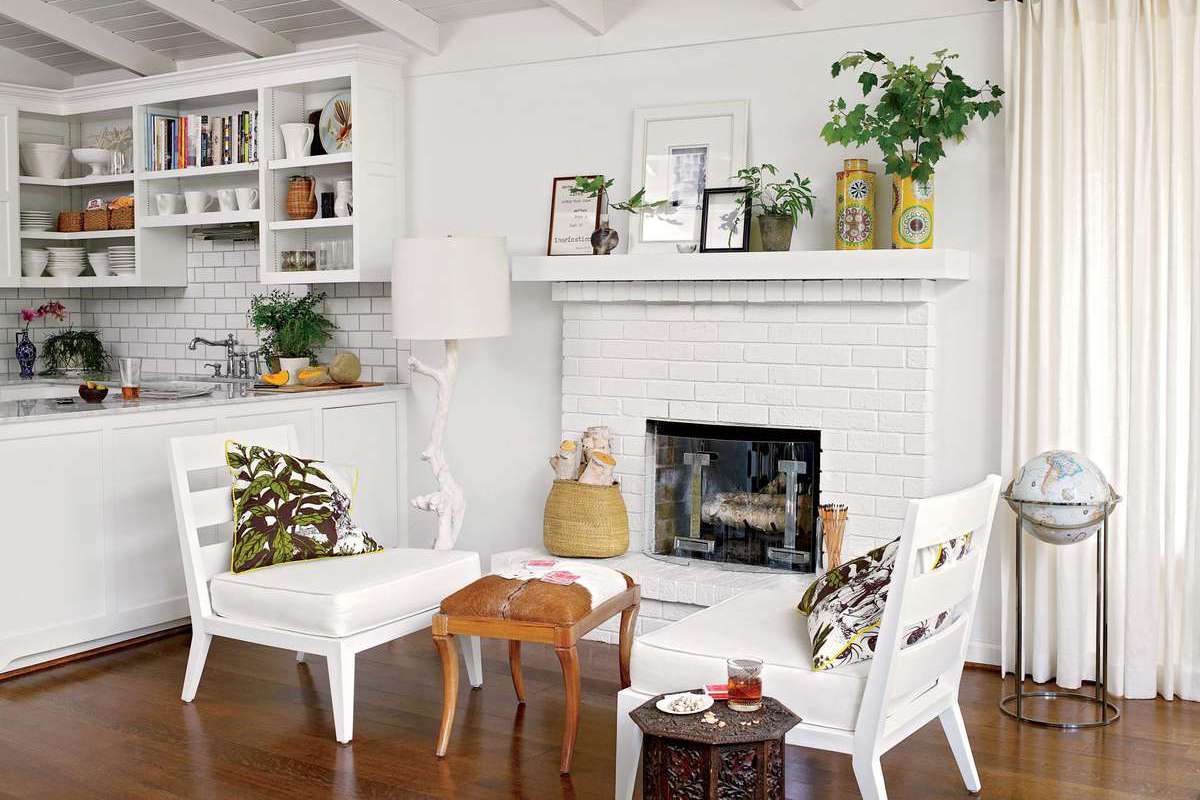

0 thoughts on “What Is A Prefabricated Fireplace”